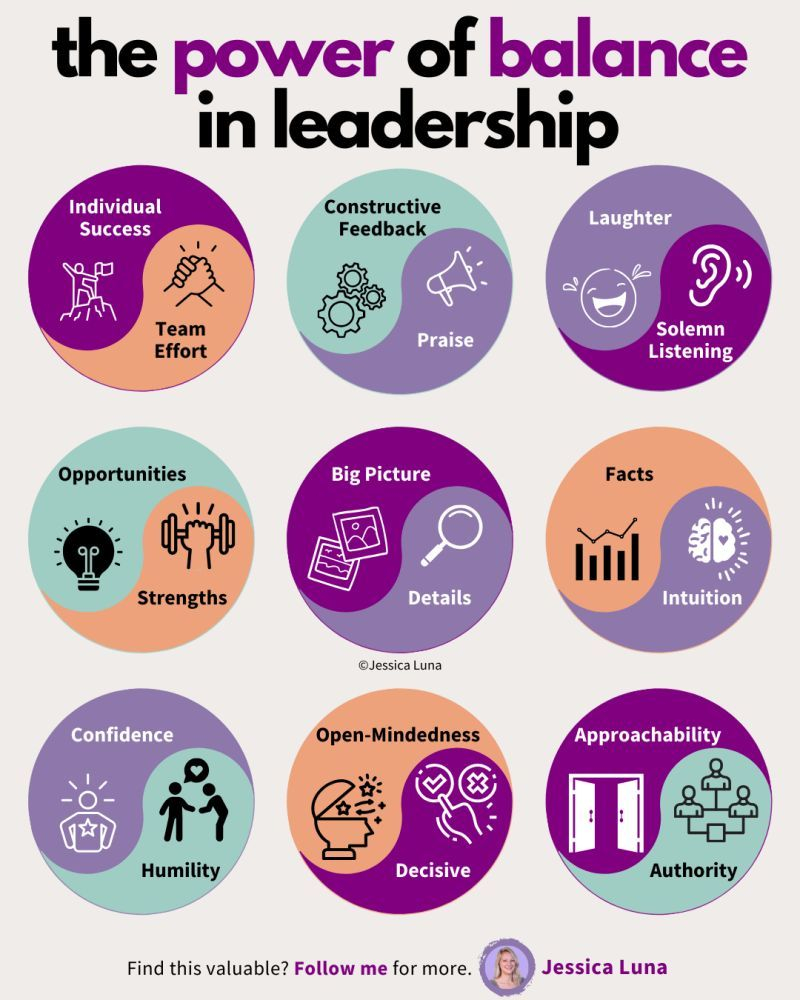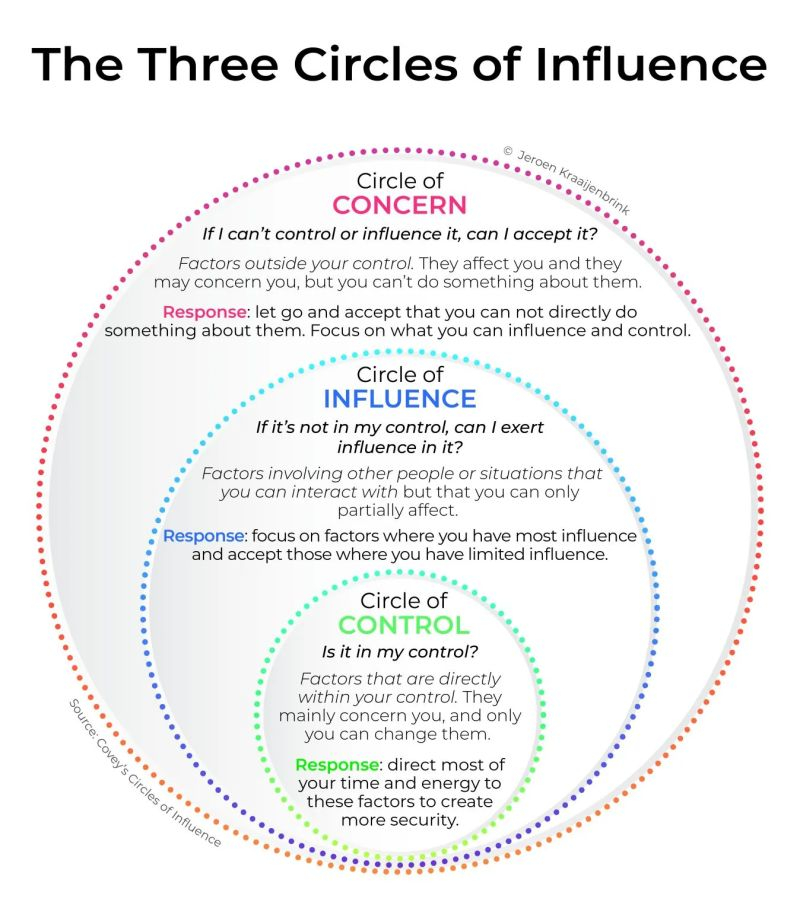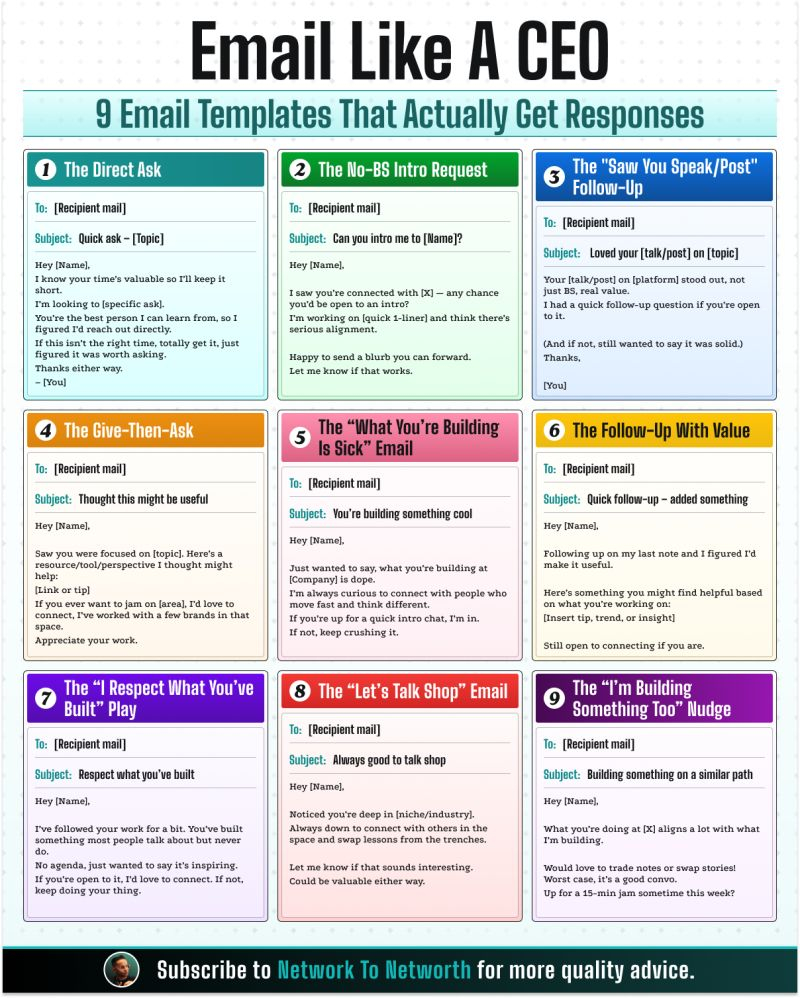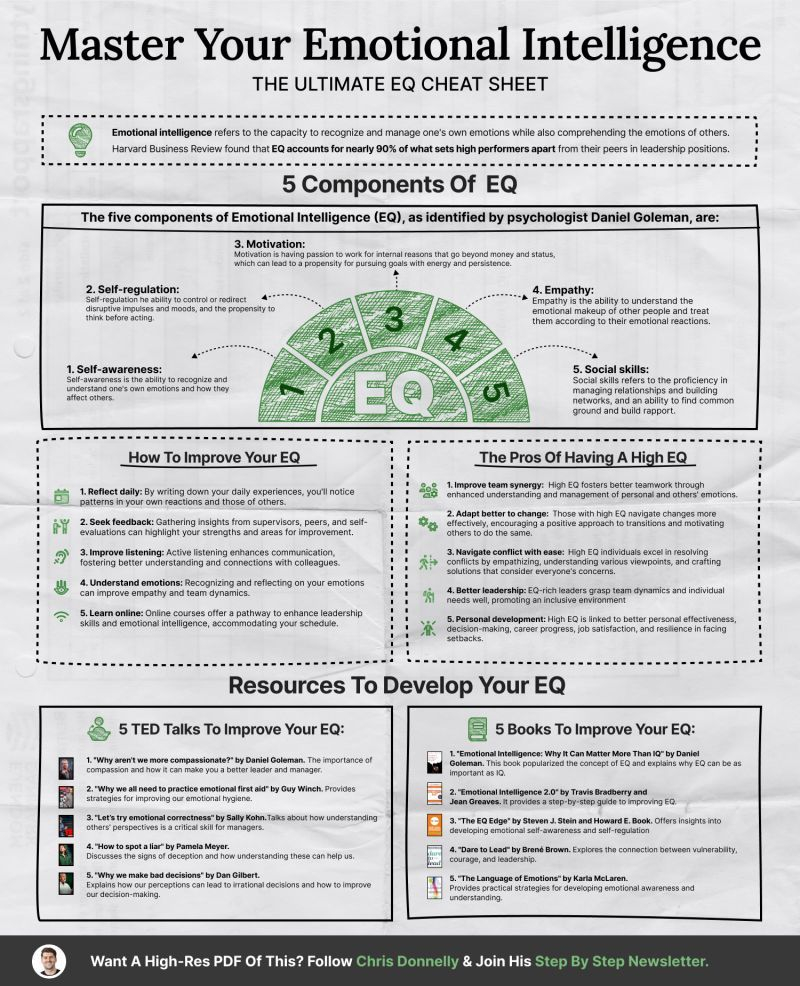"99% of leaders struggle with giving effective feedback.
Don’t be one of them.
Giving feedback is an art, and mastering it can elevate your leadership.
Here’s how to do it right:
1. SBI Framework (Situation-Behavior-Impact):
↳ Describe the specific situation, state the observable behavior, and explain its impact on the team or project.
2. The Feedback Sandwich:
↳ Start with something positive, provide constructive feedback, and end with positive reinforcement.
3. STOP-START-CONTINUE Method:
↳ Identify what to stop, suggest what to start, and highlight what to continue.
4. COIN Model (Context-Observation-Impact-Next Steps):
↳ Set the context, describe the behavior, explain the impact, and suggest the next steps.
Remember, feedback is a tool for growth. Use it wisely to build stronger, more effective ______________
______________
Don’t be one of them.
Giving feedback is an art, and mastering it can elevate your leadership.
Here’s how to do it right:
1. SBI Framework (Situation-Behavior-Impact):
↳ Describe the specific situation, state the observable behavior, and explain its impact on the team or project.
2. The Feedback Sandwich:
↳ Start with something positive, provide constructive feedback, and end with positive reinforcement.
3. STOP-START-CONTINUE Method:
↳ Identify what to stop, suggest what to start, and highlight what to continue.
4. COIN Model (Context-Observation-Impact-Next Steps):
↳ Set the context, describe the behavior, explain the impact, and suggest the next steps.
Remember, feedback is a tool for growth. Use it wisely to build stronger, more effective ______________
______________
"99% of leaders struggle with giving effective feedback.
Don’t be one of them.
Giving feedback is an art, and mastering it can elevate your leadership.
Here’s how to do it right:
1. SBI Framework (Situation-Behavior-Impact):
↳ Describe the specific situation, state the observable behavior, and explain its impact on the team or project.
2. The Feedback Sandwich:
↳ Start with something positive, provide constructive feedback, and end with positive reinforcement.
3. STOP-START-CONTINUE Method:
↳ Identify what to stop, suggest what to start, and highlight what to continue.
4. COIN Model (Context-Observation-Impact-Next Steps):
↳ Set the context, describe the behavior, explain the impact, and suggest the next steps.
Remember, feedback is a tool for growth. Use it wisely to build stronger, more effective ______________
______________
0 Comentários
0 Compartilhamentos
351 Visualizações
0 Anterior








